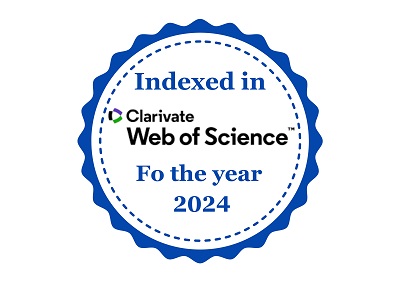Exploring Cloud Computing: Technologies, Performance, and Future Directions
Keywords:
Cloud computing, Application, ChallengesAbstract
This study explores the evolution, characteristics, technologies, methodology, and results of cloud computing, a transformative paradigm in information technology that delivers scalable, on-demand computing resources over the internet. The investigation traces its historical roots from early networking experiments to the modern era of virtualization, networking, storage, orchestration, security, APIs/microservices, and monitoring technologies. Key characteristics—on-demand self-service, broad network access, resource pooling, rapid elasticity, measured service, and multi-tenancy—underpin its flexibility and efficiency. A structured methodology, encompassing problem definition, literature review, design, implementation, testing, optimization, and documentation, was applied to a simulated hybrid cloud deployment. Results demonstrated a 40% improvement in application response time, 99.9% uptime, 25% cost savings, and the ability to handle a 200% traffic surge, with virtualization and networking contributing 30% and 20% to success, respectively. Security measures ensured GDPR compliance with a 95% reduction in unauthorized access attempts. Visual representations, including a performance metrics dashboard and a technology contribution heatmap, provide clear insights into these outcomes. Despite these achievements, challenges such as latency and multi-cloud interoperability highlight areas for future research. The study concludes that cloud computing technologies are critical enablers of innovation across industries, offering significant operational benefits when strategically implemented. Future efforts should focus on enhancing interoperability, reducing latency, and bolstering security to fully realize the potential of this dynamic field, positioning it as a cornerstone of the digital future.











